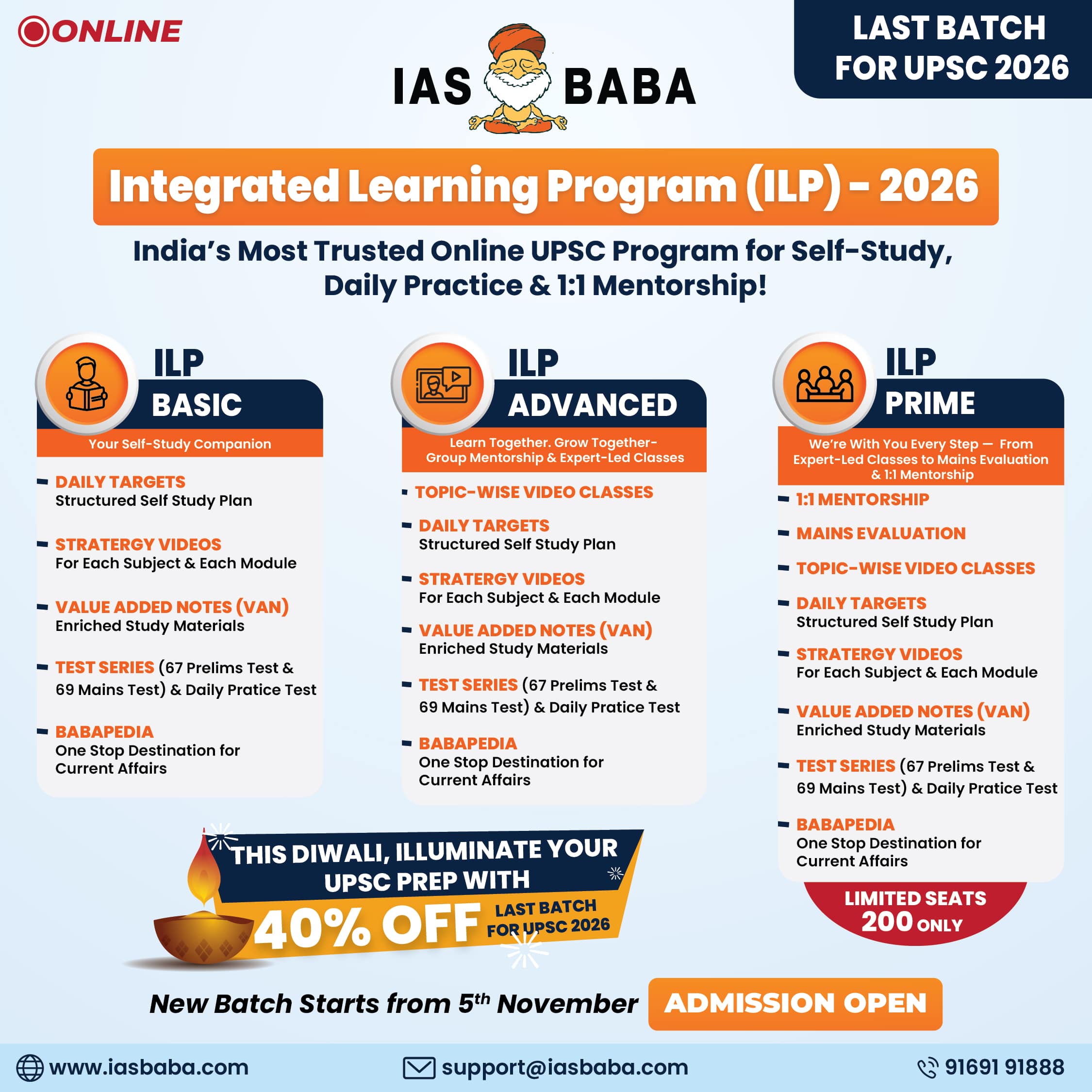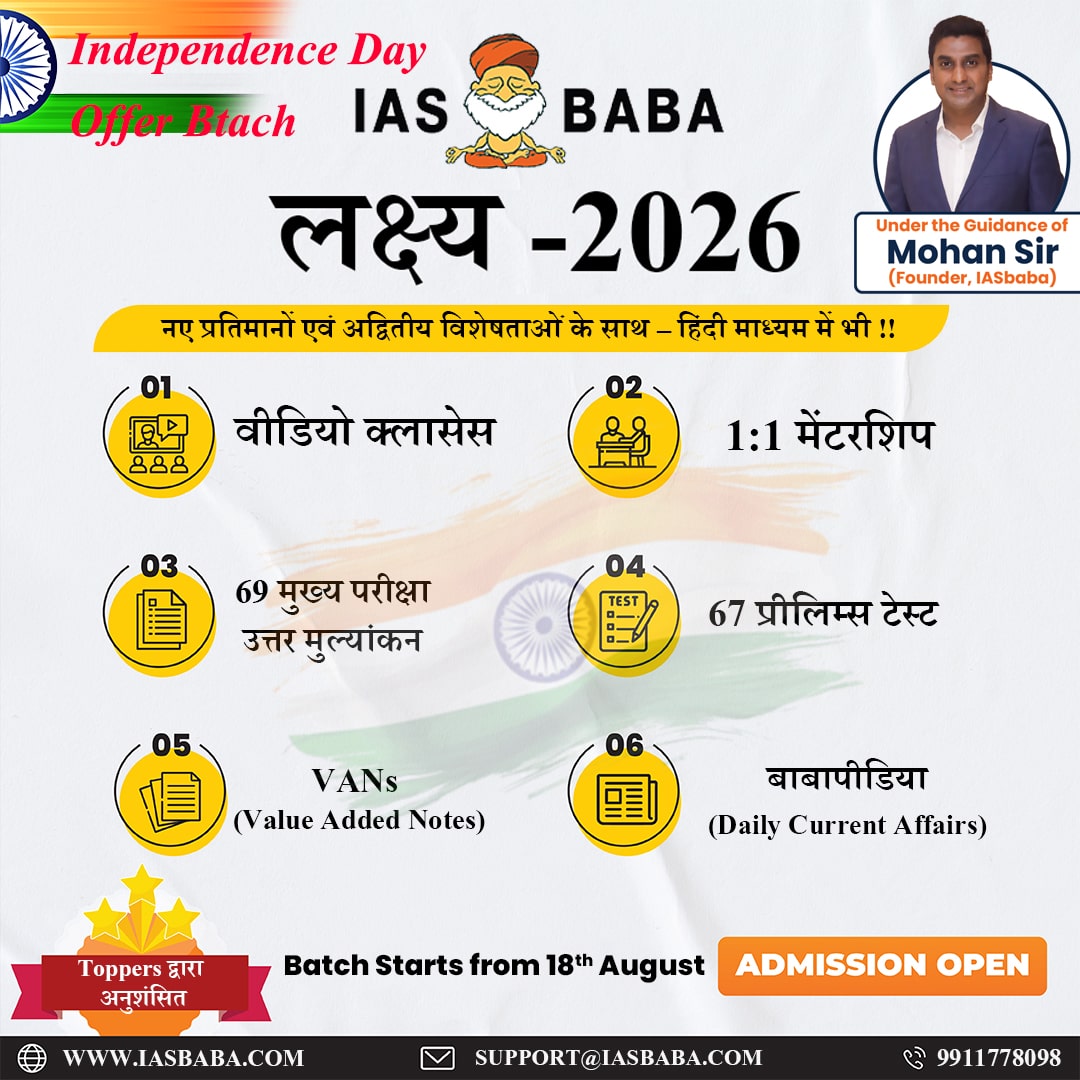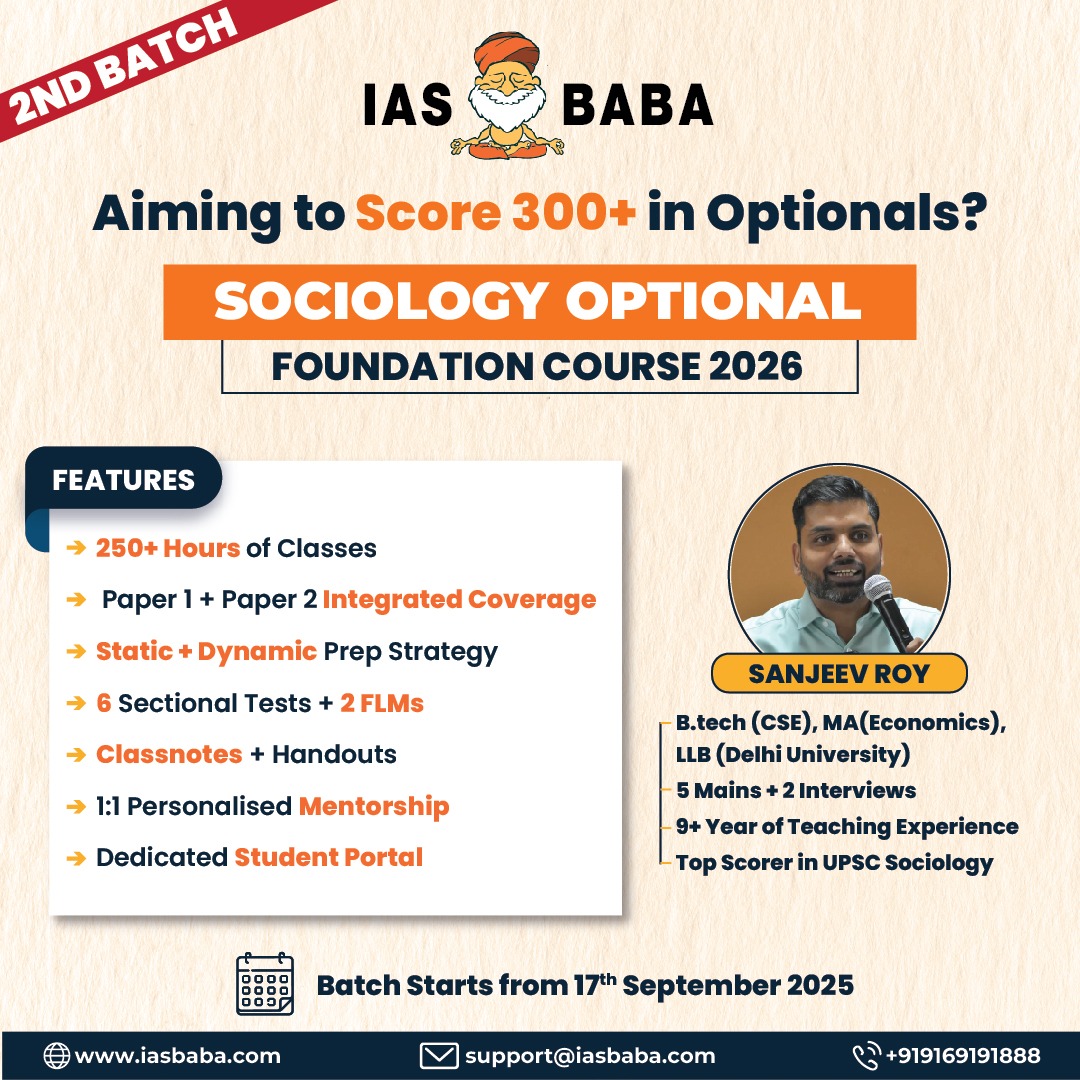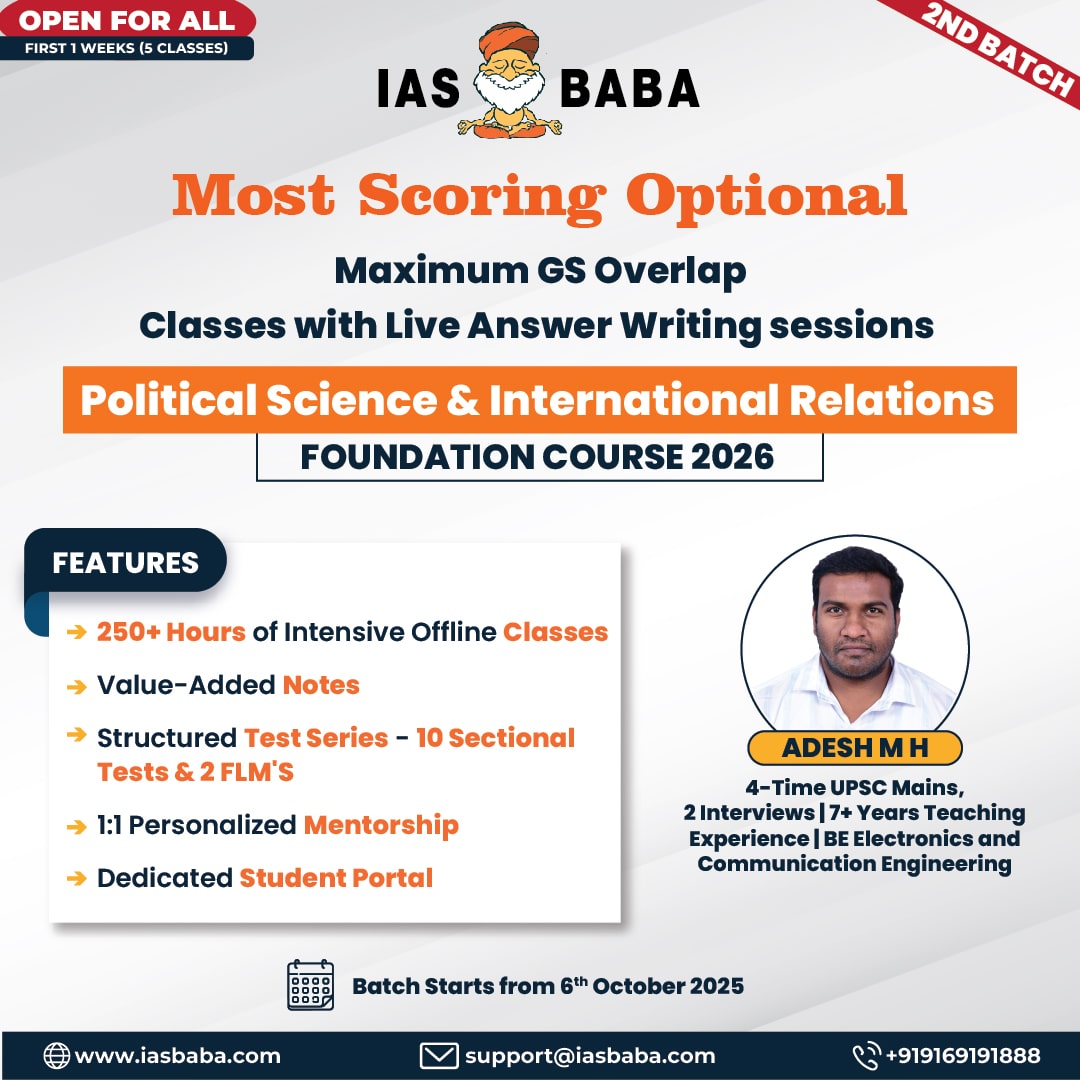Science and Technology
Context: Recently Ethiopia has released the first edition of an atlas to map Tsetse and Trypanosomosis affecting livestock in the country and the vector behind it.
About ATT:
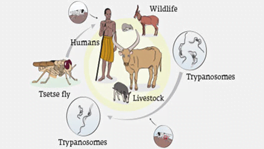
- Also known as nagana or nagana pest, Animal African Trypanosomosis (AAT), is a protozoan parasitic disease of vertebrate animals.
- It affects cattle, water buffalo, sheep, goats, horses, pigs, dogs and other species.
- The disease is caused by the protozoan parasites Trypanosoma congolense, Trypanosoma vivax and, to a lesser extent, Trypanosoma brucei brucei which are all mainly transmitted by tsetse flies.
- Distribution: From the southern edge of the Sahara desert to Zimbabwe, Angola and Mozambique in the South.
- Impact: Animal African Trypanosomosis (AAT) is estimated to kill 3 million cattle annually.
- Losses directly attributed to trypanosomosis from reduced meat and milk production, and the cost of treatment and vector control, are estimated to be USD $1.2 billion.
- Losses in agricultural gross domestic product for all tsetse-infested lands was estimated to be USD4.75 billion per annum.
- Epidemiology: Most trypanosomes develop for one to a few weeks in tsetse flies (Glossina spp.), which act as biological vectors.
- The parasites are transmitted to the host animal in saliva when a fly bites the host.
- Trypanosomes can also be spread by fomites such as surgical instruments and mechanical vectors like biting flies including horse flies—especially T. vivax.
- Trypanosomes infect the blood of the host causing fever, weakness, lethargy and anaemia, which lead to weight loss and a reduction in fertility and milk production.
- Control: AAT can be controlled by reducing tsetse fly populations with traps and insecticides.
- Animals can be given antiparasitic drugs prophylactically in areas with a high population of trypanosome-infected tsetse flies.
- No vaccine is available to prevent trypanosomiasis.
Source: DownToEarth
Previous Year Questions
Q.1) Which one of the following statements best describes the role of B cells and T cells in the human body? (2022)
- They protect the body from environmental allergens.
- They alleviate the body’s pain and inflammation.
- They act as immunosuppressants in the body.
- They protect the body from the diseases caused by pathogens.
Q.2) With reference to recent developments regarding ‘Recombinant vector Vaccines’, consider the following statements:
- Genetic engineering is applied in the development of these vaccines.
- Bacteria and viruses are used as vectors.
Which of the statements given above is/are correct? (2021)
- 1 only
- 2 only
- Both 1 and 2
- Neither 1 nor 2








